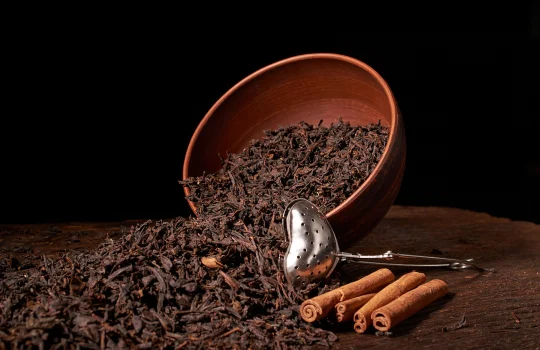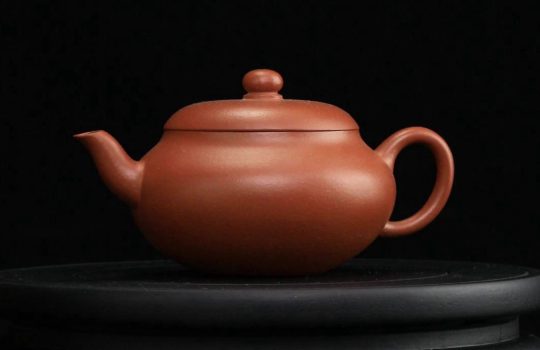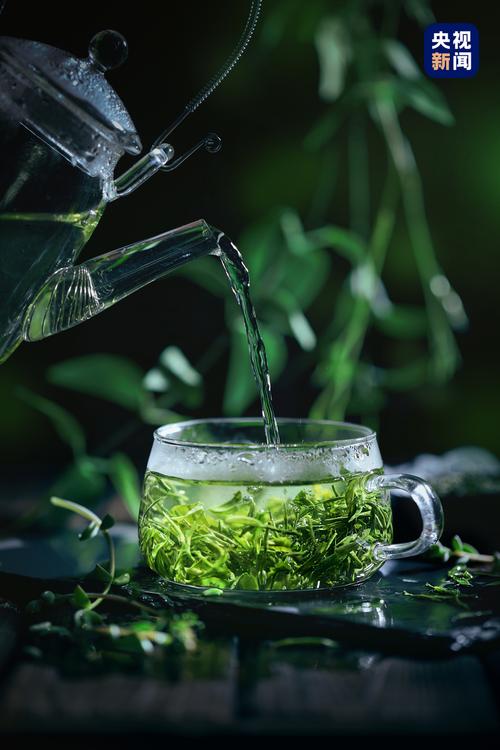A detailed introduction to China’s six major teas will help you determine which one is most suitable for you!
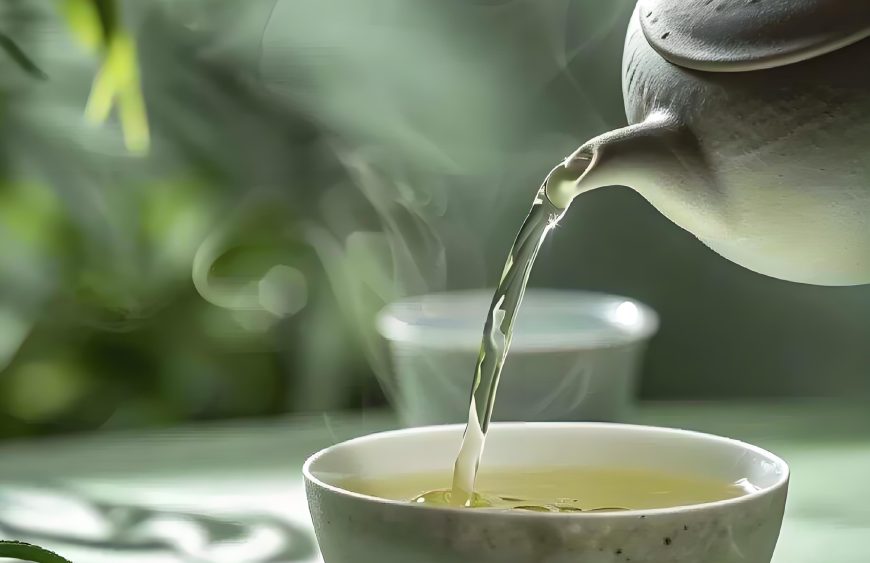
1. Green Tea: The Fresh and Elegant ‘Natural Beauty’
Green tea is considered the ‘ancestor’ of teas, with a history of over 2,000 years. The Longjing and Biluochun teas we commonly drink today both belong to the green tea category. Its secret lies in two words: ‘kill the green’ — fresh tea leaves are immediately pan-fried (pan-fired) or steamed (steamed) after picking. The high temperature deactivates the enzymes in the leaves, preventing the polyphenols from oxidising. This is why green tea retains its vibrant green colour, offering a fresh, crisp taste with a lingering sweetness, reminiscent of biting into a tender spring leaf.
Representative varieties:
West Lake Longjing: The ‘top-tier’ green tea, produced near West Lake in Hangzhou. The leaves are flat and smooth, resembling small green boats, standing upright in the cup when brewed. It has a rich bean aroma and a fresh taste that is hard to describe, so much so that Emperor Qianlong once praised it for its ‘green colour, fragrant aroma, sweet taste, and beautiful shape.’
Biluochun: The ‘delicate beauty’ of Dongting Mountain in Suzhou, the tea leaves are rolled into small snail shapes, covered in white downy hairs. When brewed, they emit an ‘overwhelming fragrance’ (locals describe it as ‘so fragrant it’s overwhelming’), with a jade-green, clear tea liquor that tastes of floral and fruity notes, gentle and refreshing.
When is it best to drink? In summer when you have no appetite or feel sleepy at work, a cup of this tea is refreshing, helps digest fatty foods, and has antioxidant properties—a true ‘health-conscious refreshment.’

2. Black Tea: The Warm and Rich ‘Winter Gentleman’
Black tea is the opposite of green tea, being a fully fermented tea—essentially the ‘darkened’ version of tea— — Fresh leaves are first withered (wilted), then rolled to release their juices, and finally left to ferment. The tea polyphenols oxidise into theaflavins and thearubigins, turning the leaves red and the tea liquor crimson. The taste is sweet, like the warm sunshine of autumn.
Representative varieties:
Qimen Black Tea: The ‘Fragrant Princess’ of Qimen, Anhui, one of the world’s three most aromatic black teas, naturally emits the ‘Qimen fragrance,’ described by some as floral and by others as honey-like. Its broth is as vibrant as amber. Brewing a cup in winter warms both hands and heart, and pairs perfectly with a small cake.
Zhengshan Xiaozhong: The ‘elder statesman’ of Fujian’s Wuyi Mountains, the ancestor of black tea! Traditionally smoked with pine needles, it carries a pine smoke aroma and lychee broth flavour, tasting like dried lychee, rich and mellow. Later black teas learned its ‘fermentation technique.’
When is it best to drink? Those who feel the cold in winter or have poor digestion should drink more of it. The polyphenols in fermented tea are milder and can aid digestion, making it a true ‘warm-hearted tea.’
3. Oolong Tea: The ‘Master of Aroma’
Oolong tea, also known as green tea, is a semi-fermented tea with the most complex production process. It involves shaking and drying the tea leaves like dancing, allowing the edges to ferment while keeping the centre fresh and tender, creating a ‘green leaf with red edges’ appearance. It combines the freshness of green tea with the richness of black tea, especially its aroma, which can make your nostrils tingle.
Representative varieties:
Anxi Tieguanyin: The ‘Orchid Fragrance Fairy’ from Anxi, Fujian, with tea leaves tightly rolled like small pearls. When brewed, the orchid fragrance fills the air, the tea soup is golden and translucent, and the aftertaste is distinctly sweet, known as the ‘Guanyin韵.’ It pairs well with seafood feasts, cutting through richness while enhancing freshness.
Wuyi Da Hongpao: The ‘Champion of Teas’ from the rock crevices of Wuyi Mountain, it grows between rocks and carries a unique ‘rock韵’ aroma. The tea broth is orange-yellow and bright, with a bold fragrance featuring floral, fruity, and caramel notes. It has a rich, lingering sweetness and can be steeped over 10 times, becoming more invigorating with each infusion.
When is it best to drink? After meals to cut through richness, or during social gatherings with friends. Its strong aroma and robust flavour make it perfect for both conversation and tea enjoyment, a true ‘socialite’s tea.’

4. White tea: The ‘Buddhist youth’ that returns to simplicity
White tea is the ‘laziest’ tea, neither pan-fried nor rolled, but simply sun-dried or gently oven-dried, preserving the tea leaves’ most natural form. Covered in white downy hairs, it resembles a layer of sugar frosting. It has a light yet flavourful taste, becoming more comforting with each sip.
Representative varieties:
Bai Hao Yin Zhen: The ‘beautiful and wealthy’ of white tea, made from single buds, with plump, straight buds resembling silver needles. The tea has a light apricot-yellow colour, a fresh, sweet, and smooth taste, and a subtle aroma of downy hairs, like sipping spring dew. It is ideal for beginners, simple yet delicious.
Bai Mu Dan: Picked with one bud and one or two leaves, it unfolds like a small peony when brewed, with green leaves cradling the tender bud. The tea broth is bright apricot yellow, with a rich and layered taste, making it ideal for those who prefer a delicate and elegant flavour.
When is it best to drink? Choose it during dry spring weather when you want a light tea. Additionally, white tea becomes more aromatic with age; storing it for several years transforms it into ‘old white tea,’ which can be boiled for a warming and health-promoting beverage—a true ‘zen-style wellness tea.’

5. Yellow Tea: The ‘Niche Aristocrat’ of Low-Key Luxury
Yellow tea is the ‘recluse’ of teas, with low production and few people aware of it. However, its unique processing involves an additional ‘yellowing’ step, which lightly ferments the leaves to create yellow leaves and yellow tea liquor. It is milder than green tea and more flavourful than white tea.
Representative varieties:
Junshan Yinzhen: Hunan’s ‘gold-inlaid jade,’ with plump buds covered in downy hairs. When steeped in a cup, the buds perform a ‘three rises and three falls’ (sinking to the bottom, then floating up, then sinking again). The broth is bright orange-yellow, with a sweet, refreshing aftertaste reminiscent of honey water—subtle yet elegant.
Mengding Huangya: Known as the ‘Yellow Bud Fairy’ from Mengding Mountain in Sichuan, it has a flat, straight, and uniform appearance. The tea liquor is yellow, bright, and translucent, with a sweet and rich aroma and a fresh and mellow taste. It was once a tribute tea, and drinking a cup now feels like stepping back in time to the ancient era as a nobleman.
When is it best to drink? Those seeking a unique taste experience should give it a try. Though niche, it leaves a lasting impression, offering a true ‘noble tea experience.’
6. Dark Tea: The ‘Time Magician’ That Becomes More Fragrant with Age
Black tea is a post-fermented tea that follows the principle of ‘the older, the better.’ During production, it undergoes pile fermentation and may even develop ‘golden flowers’ (a type of probiotic). The tea becomes richer and more aromatic over time, much like aged wine, making it ideal for collection.
Representative varieties:
Anhua Fu Brick Tea: Hunan Anhua’s ‘Golden Flower Messenger,’ brick-shaped with yellow ‘golden flowers’ (Eurotium cristatum) inside. When brewed, it releases a rich fungal flower aroma, with an orange-red, translucent tea liquor. It has a rich, sweet aftertaste, perfect for winter consumption to warm the stomach and dispel cold, while also helping to cut through grease.
Pu’er Tea: Yunnan’s ‘veteran of the tea world,’ divided into ripe tea and raw tea:
Ripe Tea: artificially fermented, with a red, wine-like broth colour, rich and smooth taste, and notes of aged and date aromas, suitable for beginners, mild and non-irritating;
Raw tea: Naturally aged, with a golden-yellow broth, a bold and intense flavour, a hint of bitterness but a quick aftertaste, and becomes smoother and more valuable with age, especially when stored for ten to eight years.
When is it best to drink it? Those who prefer a rich and robust flavour and wish to collect tea should choose it, especially ripe Pu’er tea, which pairs perfectly with hot pot and grilled meat, making it a true ‘grease-cutting wonder + time-honoured treasure.’
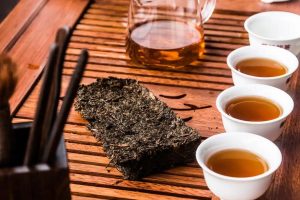
Tea-drinking tips: How to choose the right tea for you?
Choose by taste: If you prefer a fresh and crisp taste, choose green tea or white tea; if you prefer a rich and mellow taste, choose oolong tea or black tea; if you prefer a full-bodied and aged aroma, choose black tea or yellow tea.
Choose by season: Drink green tea in spring (to savour the freshness), white tea in summer (to cool down), oolong tea in autumn (to moisturise and soothe dryness), and black tea or dark tea in winter (to warm the body).
Choose by constitution: If you have a weak stomach or feel the cold easily, choose black tea or aged pu-erh tea (highly fermented and mild); if you tend to feel hot or have a dry mouth, choose green tea or white tea (to clear heat and cool down).

